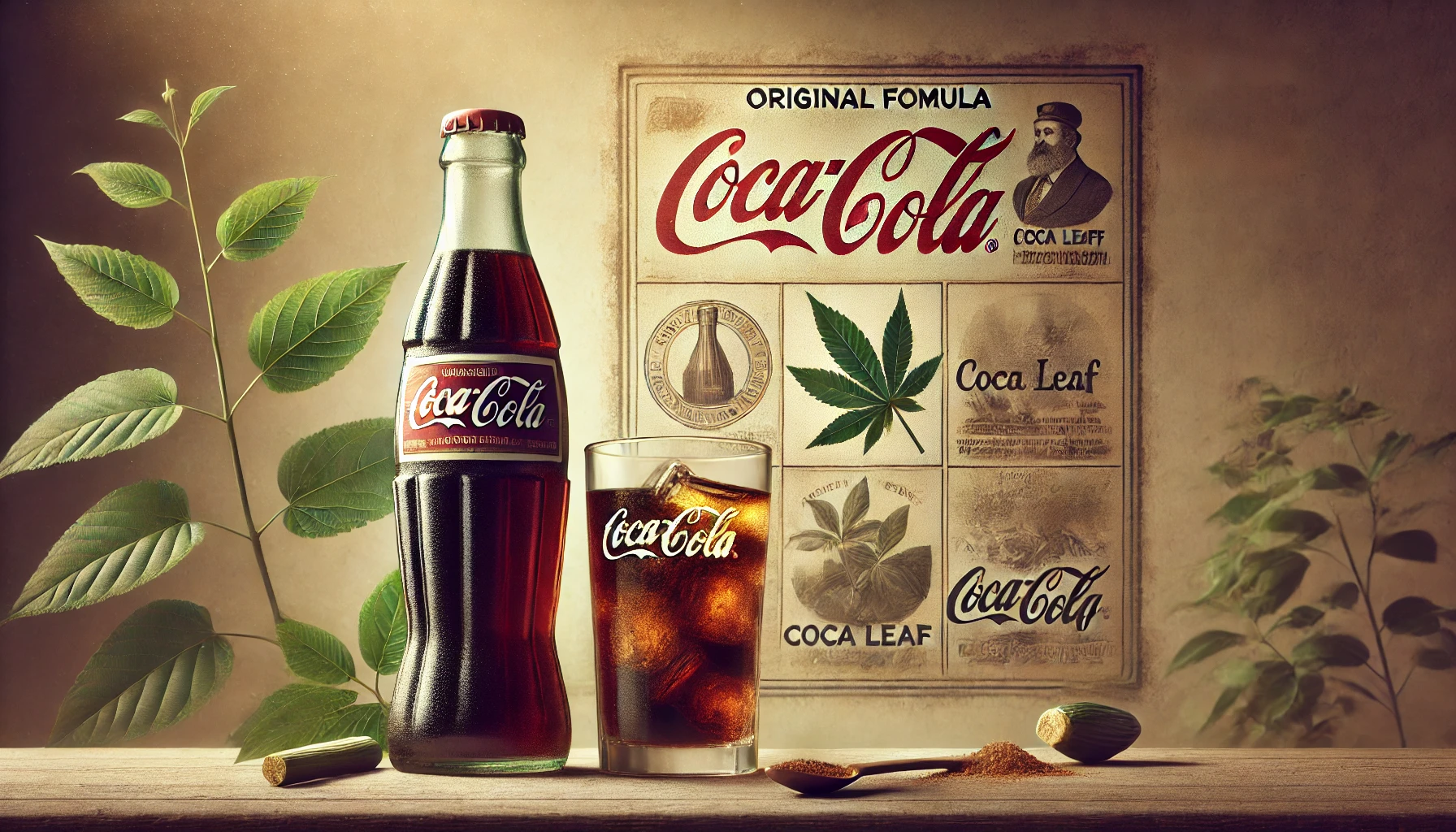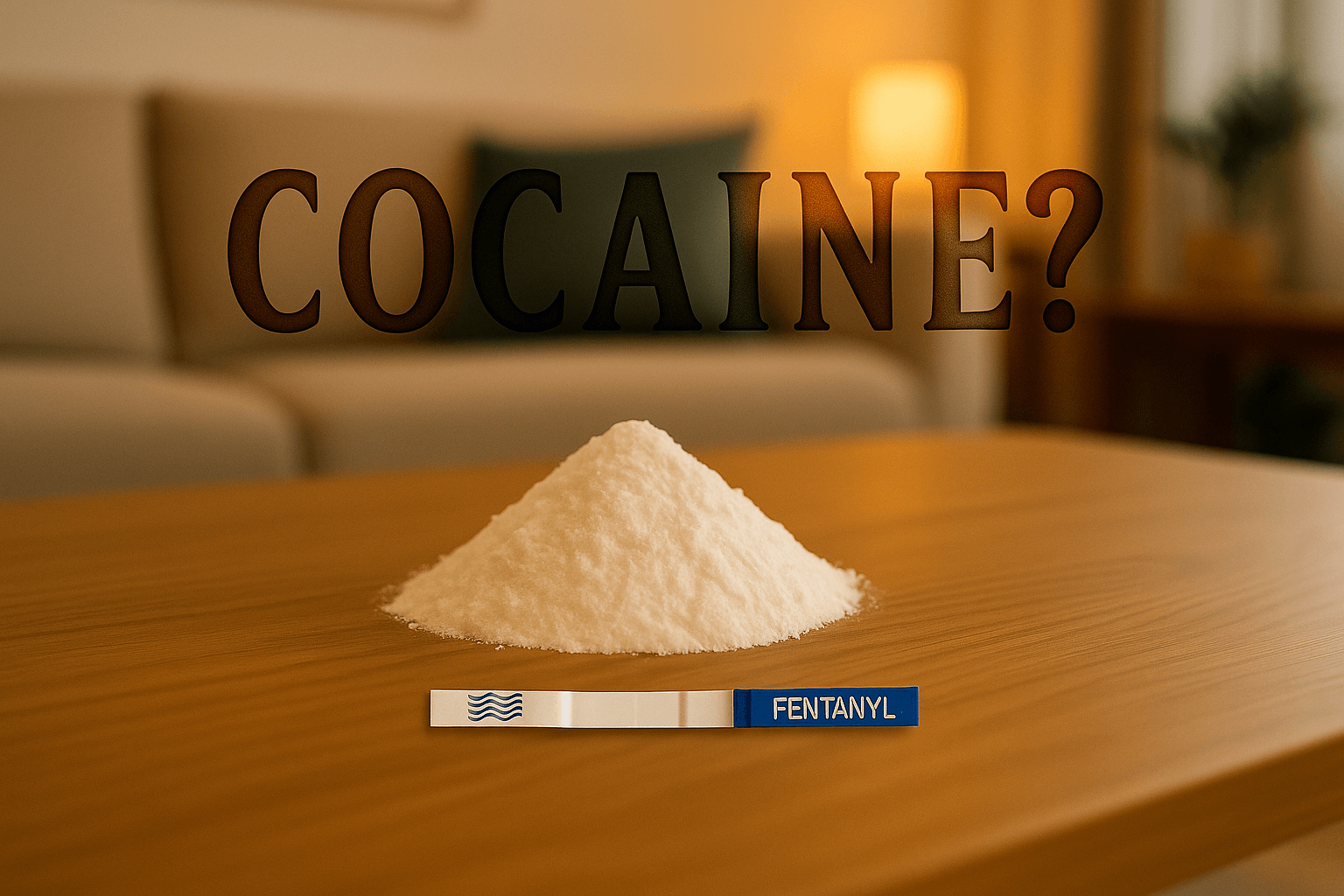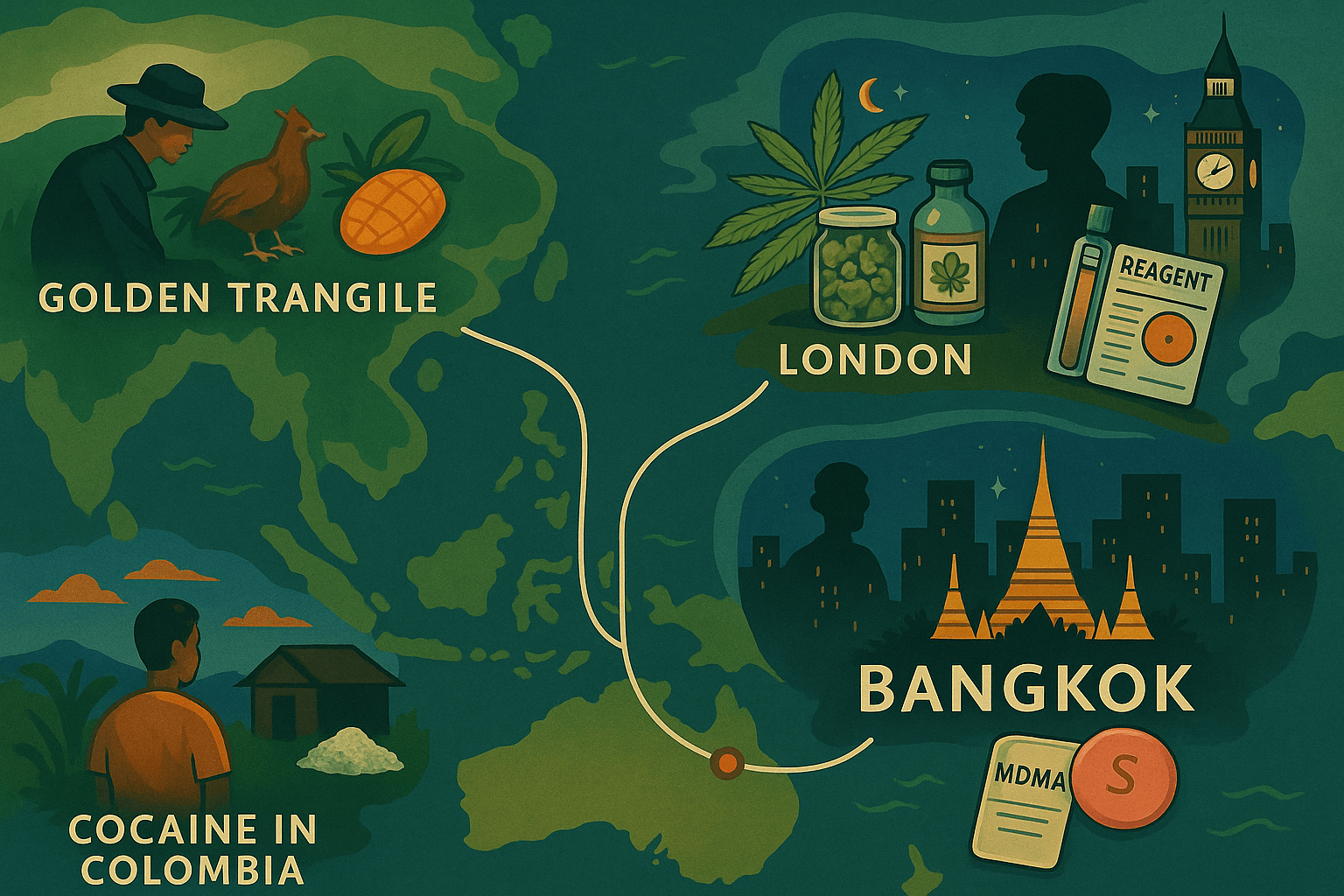Cocaine is one of the most recognized substances in the world today, often associated with recreational use and its social and health consequences. However, its history reveals a complex journey, beginning as a natural remedy used by indigenous cultures, evolving into a celebrated medical breakthrough, and eventually becoming a controlled substance. This article explores the origins of cocaine, how it was understood and used historically, and the cultural and scientific factors that shaped its trajectory.
Cocaine’s Ancient Roots
Cocaine’s story begins thousands of years ago in the Andes Mountains of South America. Indigenous peoples in modern-day Peru and Bolivia chewed coca leaves, which contain small amounts of cocaine, to combat fatigue, hunger, and altitude sickness. Archaeological evidence suggests coca leaf use dates back over 3,000 years, with the leaves playing a vital role in cultural rituals and medicinal practices. (Gootenberg, 2009)
The alkaloids in coca leaves provided mild stimulant effects, improving energy and focus. When chewed with lime or ash to enhance absorption, coca leaves became a cornerstone of Andean survival and spirituality.
The Extraction of Cocaine: A 19th-Century Breakthrough
The transformation of coca from a traditional remedy to a global phenomenon began in 1855 when German chemist Friedrich Gaedcke isolated cocaine as its active alkaloid. Building on Gaedcke’s work, Albert Niemann, another German chemist, refined the extraction process in 1860, making cocaine more accessible for scientific research.
This newfound understanding of cocaine’s chemical properties sparked interest in Europe and the United States, where it was initially celebrated for its potential medicinal applications.
Cocaine in Medicine: The Enthusiasm of the 19th Century
By the late 19th century, cocaine was hailed as a wonder drug. Scientists and physicians believed it had miraculous properties, and it was widely used in medicine:
- Anesthetic Use: Cocaine became the first effective local anesthetic. In 1884, Austrian ophthalmologist Carl Koller introduced cocaine for eye surgeries, revolutionizing medicine. (Courtwright, 2001)
- Treatment for Fatigue and Depression: Sigmund Freud famously promoted cocaine as a treatment for depression and as a stimulant. In his 1884 paper Über Coca, Freud referred to the substance as a “magical drug” and used it personally.
- Commercial Products: Cocaine was an ingredient in tonics, lozenges, and even beverages, most famously Coca-Cola, which contained small amounts of coca leaf extract when it was launched in 1886.
Cocaine and Colonial Narratives
Cocaine’s rise was intertwined with colonial and economic interests. European powers viewed coca as a resource to exploit, similar to other commodities like sugar and tobacco. The global trade of coca products expanded rapidly, with coca plantations established in Peru and Bolivia to meet European demand.
Pharmaceutical companies such as Merck and Parke-Davis began mass-producing cocaine, further fueling its medical and recreational popularity.
The Shift: Cocaine as a Controlled Substance
The early 20th century saw a dramatic shift in how cocaine was perceived. Reports of dependency and abuse began to emerge, particularly in the United States, where recreational use became widespread. Several factors contributed to cocaine’s fall from favor:
- Racialized Fear: In the U.S., media narratives linked cocaine use with marginalized groups, particularly African Americans, fueling moral panic and stricter regulations.
- Medical Concerns: Physicians grew wary of cocaine’s addictive properties, and alternatives like Novocaine replaced it as a safer anesthetic.
- Regulation: The 1914 Harrison Narcotics Tax Act in the U.S. classified cocaine as a controlled substance, restricting its production and use. Globally, agreements like the 1912 Hague Opium Convention targeted cocaine and other drugs for regulation.
Cocaine in Modern Context
While cocaine became a controlled substance in the 20th century, its production and trafficking expanded globally. South America remains the primary source, with Colombia, Peru, and Bolivia accounting for most coca cultivation. The transition from a revered medicinal product to an illicit drug reflects the evolving social, economic, and political forces surrounding substances.
Despite its current reputation, academic work highlights the importance of understanding cocaine’s cultural and historical origins:
- Cultural Significance: Coca leaves continue to hold spiritual and practical value in Andean cultures, where they are legal for traditional use.
- Scientific Legacy: Cocaine’s role in the development of anesthetics and neuroscience remains a critical chapter in medical history.
Insights from Historical Studies
Several key texts provide deep insights into cocaine’s origins and trajectory:
- Paul Gootenberg’s Andean Cocaine (2009): Traces the history of coca and cocaine in the Andes, exploring how global trade networks transformed the plant into a global commodity.
- David T. Courtwright’s Forces of Habit (2001): Examines the global history of psychoactive substances, including cocaine, highlighting how societal forces shaped its rise and regulation.
- Joseph A. Schwarcz’s Radar, Hula Hoops, and Playful Pigs (2001): Explores cocaine’s scientific breakthroughs and the broader impact of its discovery.
结论
Cocaine’s history is one of transformation—from a sacred plant used in ancient rituals to a celebrated medical innovation and, ultimately, a controlled substance. Understanding its origins offers a nuanced perspective on how substances evolve within cultural, scientific, and economic contexts.
Today, coca leaves remain integral to Andean traditions, reminding us of the plant’s rich history beyond its associations with modern drug markets. By studying cocaine’s past, we gain valuable insights into the forces that shape substances and their place in society.
参考
- Gootenberg, P. (2009). Andean Cocaine: The Making of a Global Drug. University of North Carolina Press.
- Courtwright, D. T. (2001). Forces of Habit: Drugs and the Making of the Modern World. Harvard University Press.
- Schwarcz, J. A. (2001). Radar, Hula Hoops, and Playful Pigs: The Stories Behind the Science. ECW Press.
- Freud, S. (1884). Über Coca. Available in historical archives.
- UNODC. (2023). World Drug Report. Retrieved from unodc.org.




